Flanders reflects on the early development of digital humanities work, and the relationship between academics and technical experts. She emphasizes the liminality of digital humanities work, with often temporal and disparate funding based around various projects and departments, as well as the para-academic professionals that often exist outside the bounds of the “traditional” academic imaginary. In a broad sense, she argues for the insight that considering knowledge work materially offers in the contrast that these alternative forms of work provide through frameworks of productivity, expertise, and skill. Namely, she suggests such an enterprise emphasizes the importance of valuing of alternative careers in the humanities outside strictly academic positions and a healthier sense of collaborative production necessary to complete the kind of digital projects in the field. It is the latter emphasis that provides the most insight for our own projects this semester. It begs the question: what counts as authorship in a digital or technical project?
First and foremost, this necessitates a better consideration for how “authorship” is recognized in the context of these projects. When I completed my assessment of VirtualMLK last week, I found myself reflecting much longer than expected on the presence and absence of technical labor on the website. Perhaps one of the more interesting, but less obvious aspects of many of the extra-textual objects that we discussed is to what degree they emphasize the technical labor (and laborers) as part of the process. This project has a space for key researchers, but more vague references to technical experts in audio production necessary for even just the recording stage of the process.
In “traditional” academic products, the relationship between an idea, its execution in research practices, and the final written product are often at least theoretically a singular process. Particularly coming from a discipline in which multiple authored texts are much less prominent measuring contribution becomes especially difficult. Flanders suggests “Our expectations of what work should be like are strongly colored by the cultural value and professional allure of research, and we expect to be valued for our individual contributions and expertise, not for our ability to contribute a seamless module to a work product.” In other words, academic paradigms around authorship do not adequately account for the materiality of such work, or the role of technical expertise and consultation in these projects at a more fundamental level. In contrast, Flanders argues for the “structural” role of technical experts in digital humanities work that is often excluded.
At the same time, another significant aspect of Flander’s work is the ways that technical processes necessary from faculty or graduate students to participate in such projects become just another part of the amorphous labor practices that must get done without reflection on how they fit into job expectations. I remember thinking a lot about this when I was doing work with integrating digital projects into my teaching. Namely, in addition to expertise in my field, and in pedagogy (hopefully), I also had to cultivate additional knowledge of technical production and even more significantly how best to teach it. Flanders argues that it is precisely for this reason that work like this offers valuable insight into our own labor practices more generally.


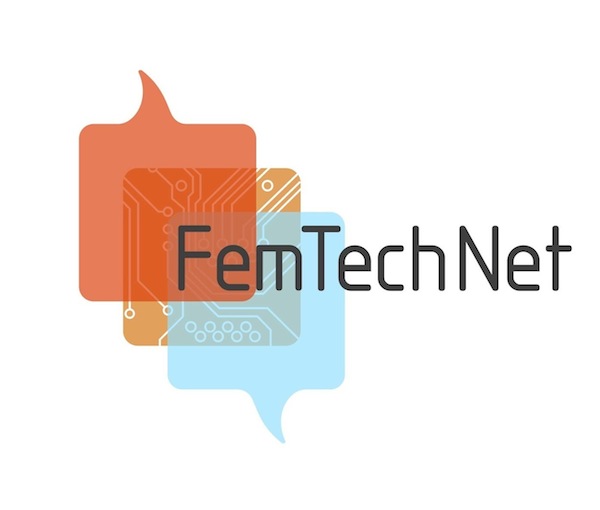 The project utilized Wikipedia as a pedagogical tool by enabling students to act as Wikipedia contributors. By intervening in the collective knowledge base of Wikipedia, FemTechNet worked to make visible the contributions of women and feminist scholarship. However, the project sparked intense public controversy when it was featured on Fox News as an example of injecting “bias” into the “factual” information on Wikipedia. By critiquing FemTechNet’s Wikistorming as feminist bias, Fox News delegitimized the pedagogical project as a politically-motivated assault on technical reason.
The project utilized Wikipedia as a pedagogical tool by enabling students to act as Wikipedia contributors. By intervening in the collective knowledge base of Wikipedia, FemTechNet worked to make visible the contributions of women and feminist scholarship. However, the project sparked intense public controversy when it was featured on Fox News as an example of injecting “bias” into the “factual” information on Wikipedia. By critiquing FemTechNet’s Wikistorming as feminist bias, Fox News delegitimized the pedagogical project as a politically-motivated assault on technical reason.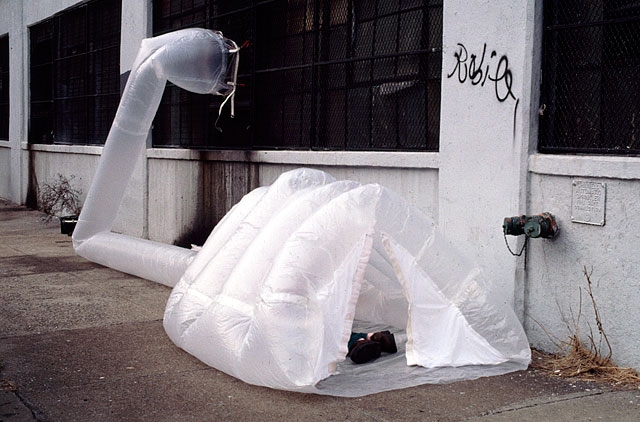
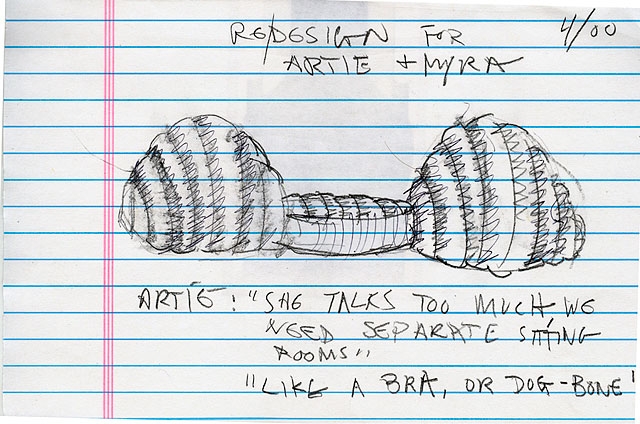
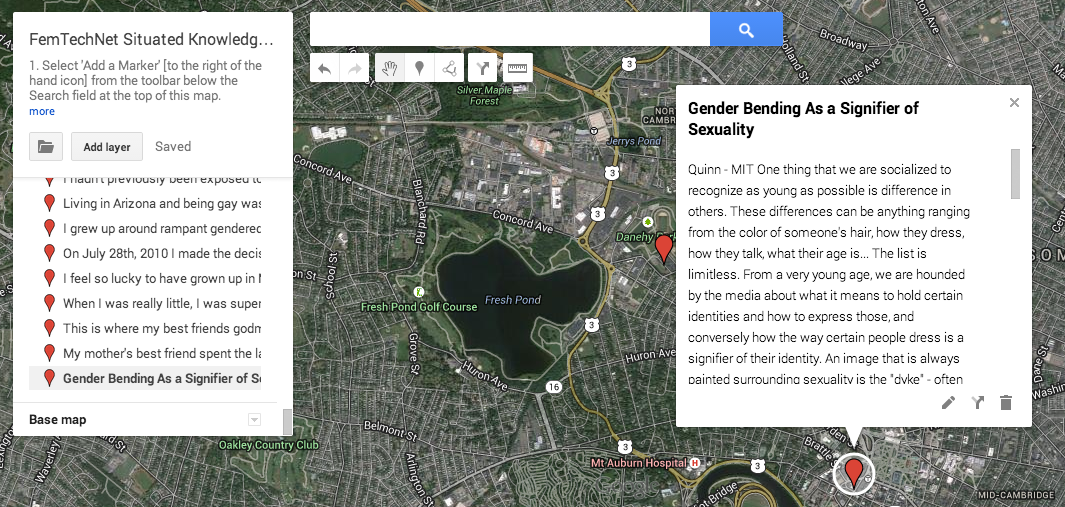
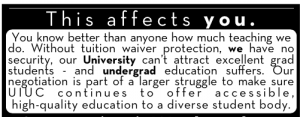
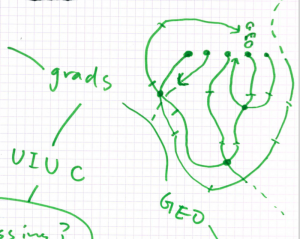
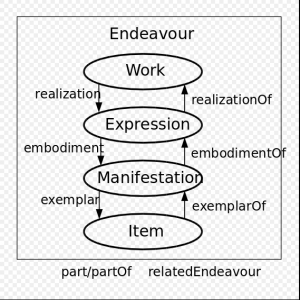
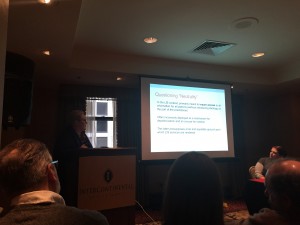
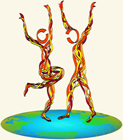
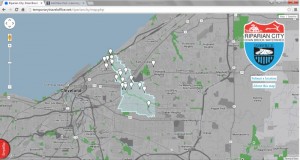 once thriving human and non-human inhabitants surely knew it by other names long before Nathaniel Doan arrived here in the late 18th century.” This idea of fluid boundaries and naming is pushed even further, however, with the mapping project that defines the digital existence of the Doan Watershed.
once thriving human and non-human inhabitants surely knew it by other names long before Nathaniel Doan arrived here in the late 18th century.” This idea of fluid boundaries and naming is pushed even further, however, with the mapping project that defines the digital existence of the Doan Watershed.